Hurricane Irma brings wind of Andrew 25 years later
Students, staff and community members reflect on hurricane experiences
A projection of Hurricane Andrew on August 23, 1992, published by the National Oceanic & Atmospheric Administration
Grabbing the nation’s attention, Hurricane Irma, starting at a Category 5 at Cudjoe Key, moved up the West Coast and hit as a Category 3 as it hammered Naples and Marco Islands, despite predictions that it would devastate Tampa Bay.
The aftermath of the hurricane is still evident across Florida despite most power being restored: downed trees, fences smashed and piles of debris blocking alleys and roadways. According to the Miami Herald, 75 Floridians were reported dead in the disaster.
Irma derives from the German name “irmin,” which means “war goddess.” Irma’s strength earned her this name. The mass destructor was two times the size of the 1992 infamous Andrew.
Andrew devastated South Florida, hitting as a Category 5. Irma arrived just after the 25th anniversary of Andrew. The storm drastically impacted Miami-Dade County, as well as Broward. Especially hard hit was the city of Homestead–which almost became extinct.
When Irma started making headlines, students and staff had different reactions depending on their experience with Andrew.
Tina Farabee, who works in student affairs, has been lucky when it comes to hurricanes. When Andrew hit, she was living in New Jersey at the time but still had a home in Shenandoah. “I came back about a month after [to] no damage.” Because of her experience in Andrew, this time around for Irma, she didn’t feel threatened once the storm turned more west. On top of that, she only experienced 29 hours without power.
Sophomore Emily Foley didn’t have as much luck as Farabee during Irma. She was interrupted during the night by a tree catching on fire. “A power line [fell on the tree] at 3 a.m.. It was real[ly] scary,” Foley said.
Since most people who attend Western live in approximately the same area, they felt that their experience was nothing too bizarre. Junior Anna Vazeos shed some light of the impact of the storm for her.
“I stayed in my house. We lost power, but our house had a full house generator…[however], we didn’t have wifi.” Concerning damage, she added, “We had four trees fall in our backyard.”
Math teacher Jeffrey Lipp is all too familiar with the power of hurricanes. During Hurricane Andrew, Lipp was living in Kendall in Dade County (one of the areas that was severely damaged) in his parents’ home.
“Our house had a gigantic tree fall and it cracked a bedroom window, which flooded our toy room. Our pool screen collapsed. There was no way to travel on the roads because of too many trees down… There was nowhere to go,” Lipp said.
For Irma, Lipp was living in Plantation, but the experience was nowhere near as bad. He evacuated to Tampa once he heard about a Category 5 coming again. But once it turned towards Tampa, he and his family drove back home.
Vazeos and Lipp did explain a positive side to the disaster: no wifi brought everyone together.
In many hurricanes, power is bound to be lost. So, when it is diminished, it has a way of bringing people together, forcing them to talk face to face. In neighborhoods, citizens come together to help pick up fallen trees. Community workers team up to clear the roads.
Despite the positive vibes, people who actually experienced Hurricane Andrew weren’t excited for Irma. Tom D’azevedo, Chairman and CEO of Outdoor and Network, recalled his experience in the Category 5 storm as well. He said it took him and his family members a year to rebuild. With the rebuilding, he mentioned that it seemed as though everyone cared for one another. People were checking on each other, helping to rebuild and providing supplies for those who needed it.
Perhaps no one has experienced this like Rick Jervis, USA Today reporter. Because of his geographical location in Houston, Texas, he specializes in storms. But he calls home Miami, where he was born and raised. During Andrew, he was studying journalism at the University of Florida but was given a week off. He took this spare time to visit and take care of his family.
“We had been through hurricanes before [when we lived in Miami] and nothing was anywhere near what Andrew was,” Jervis said.
Jervis was actually reporting on Harvey when Irma hit. Recently, he traveled to Puerto Rico to cover Hurricane Maria. He described it as the worst hurricane he’s been through.
“It was really scary,” he said.
Through all of the storms Jervis has been in, he learned that hurricanes are terrible, yes, but they have a human aspect to it.
“It brings out people. You see a lot of human emotions and people helping people,” Jervis said.
All storms, especially Irma and Andrew, changed lives and destroyed property. Andrew caused more damage but was less widespread (mostly affecting Dade County) and Irma was less damage and more widespread (covering the whole state of Florida). These hurricanes both had a way of bringing humans together, which is why citizens are prepared more and more each time.
Recovery may still be a work in progress but no matter what hurricane hits, the eye of the storm is no match for the full force of Floridians.
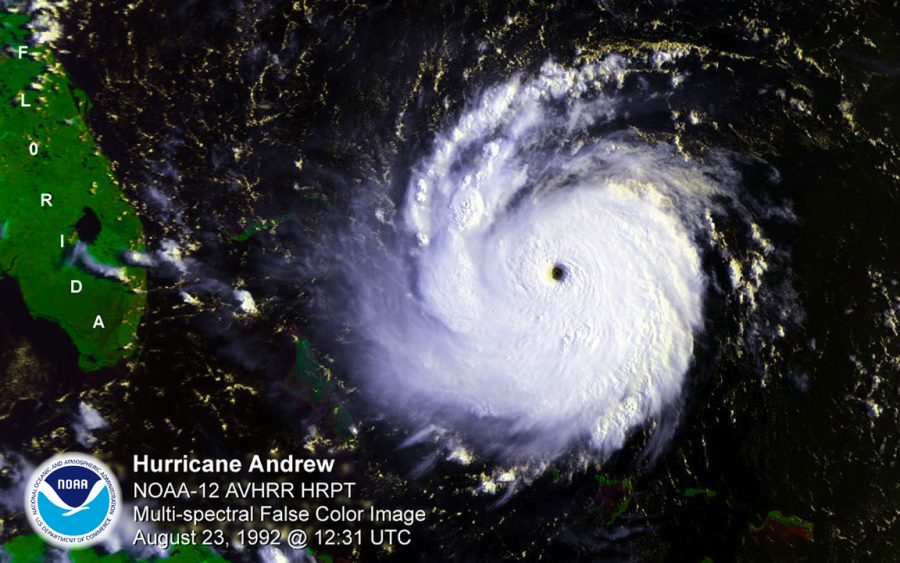
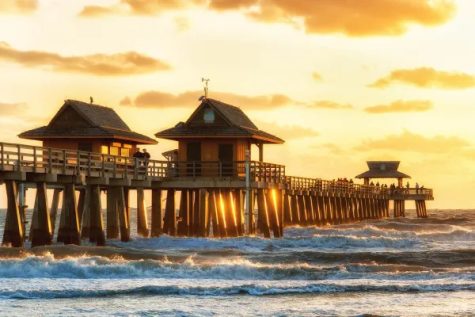
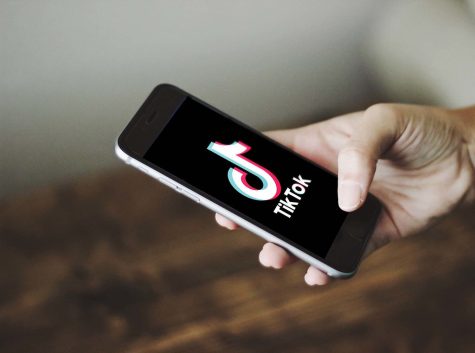
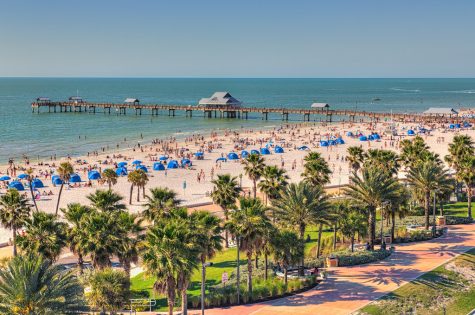

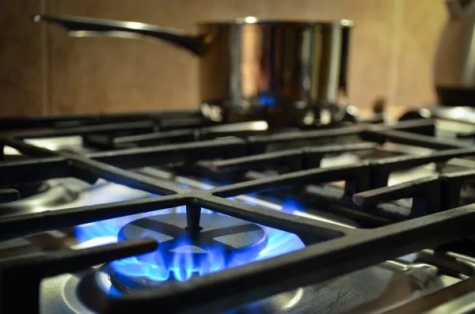
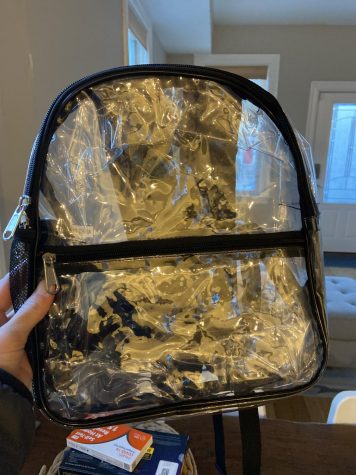
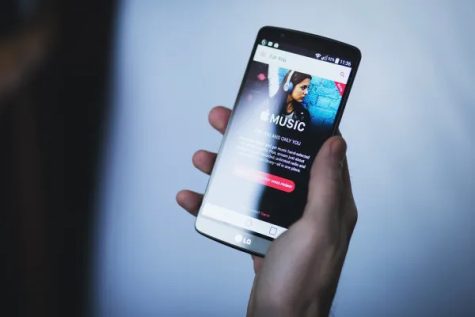
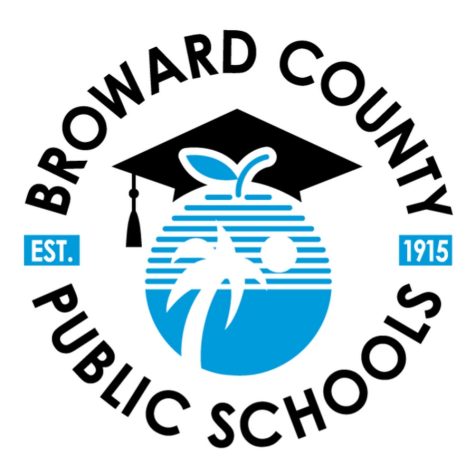
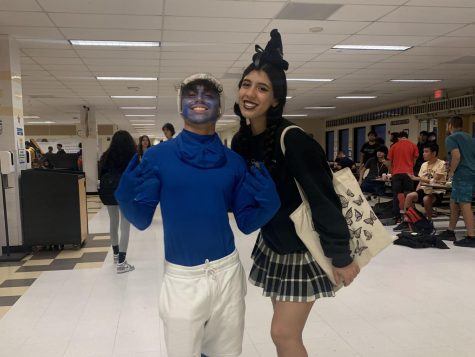
Baa Rodriguez • Oct 12, 2017 at 8:10 pm
WOW! This is high quality!! Amazing Amanda you did it again 😉 I just want to say that I’m a big fan!! Your black history month article is a real killer!! You’re a natural reporter and it shows how well you are by your writing !! I also agree with Neigh you are very beautiful!!! #AmandaForCheif
Neigh Tan • Oct 12, 2017 at 1:38 pm
I think this is a beautiful article written by a beautiful person— Amanda Rodriguez. This is the type of writing our school needs. If I was in charge of news paper I would make Amanda editor in chief because she’s such a good writter. She is so pretty and I hope that she one day notices me. But until that day I will continue to send her love letters. #AmandaForChief